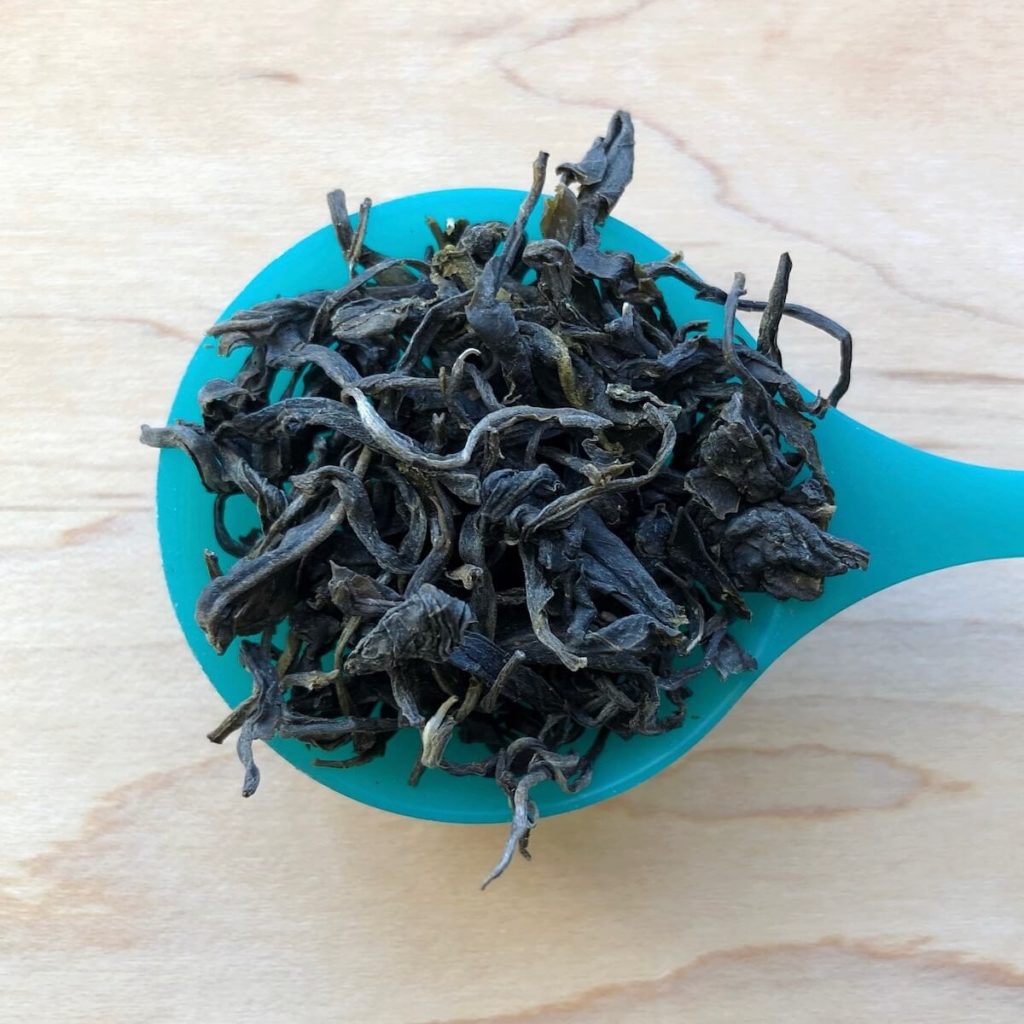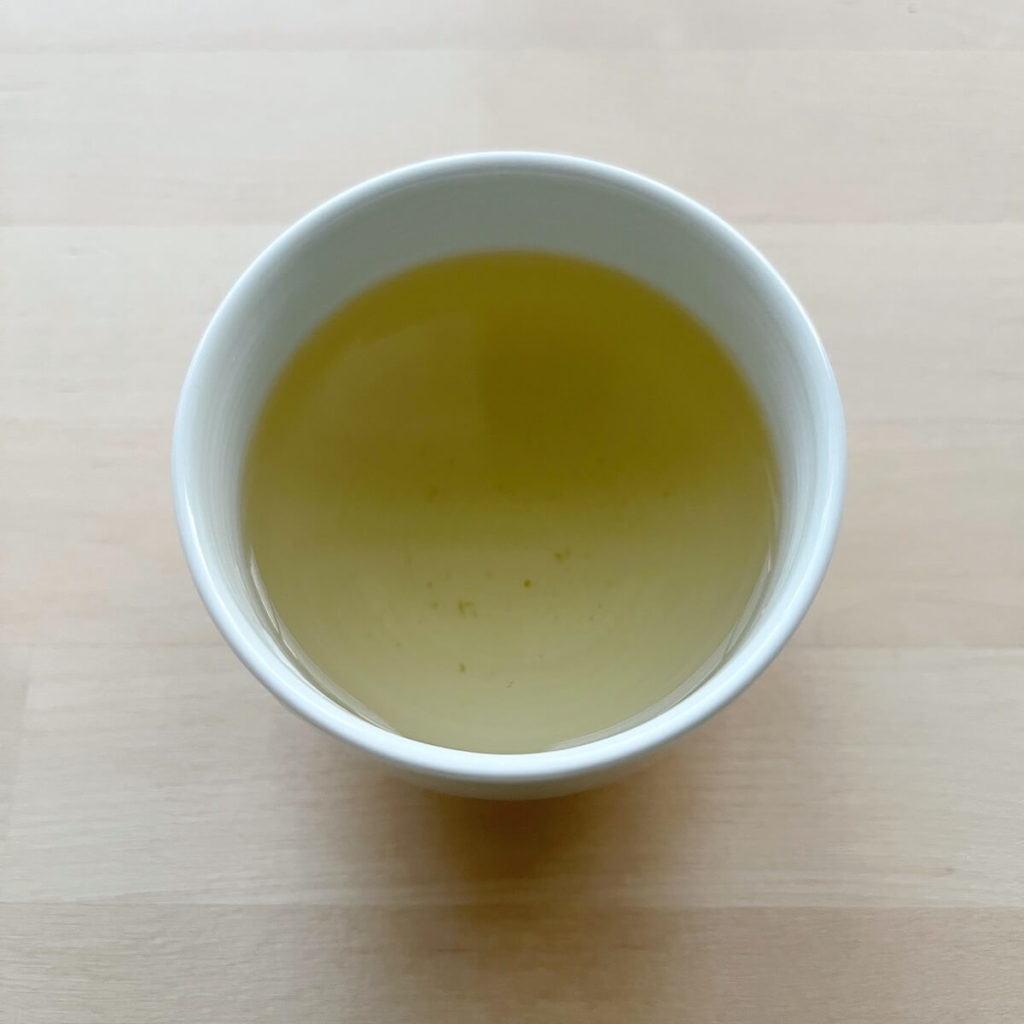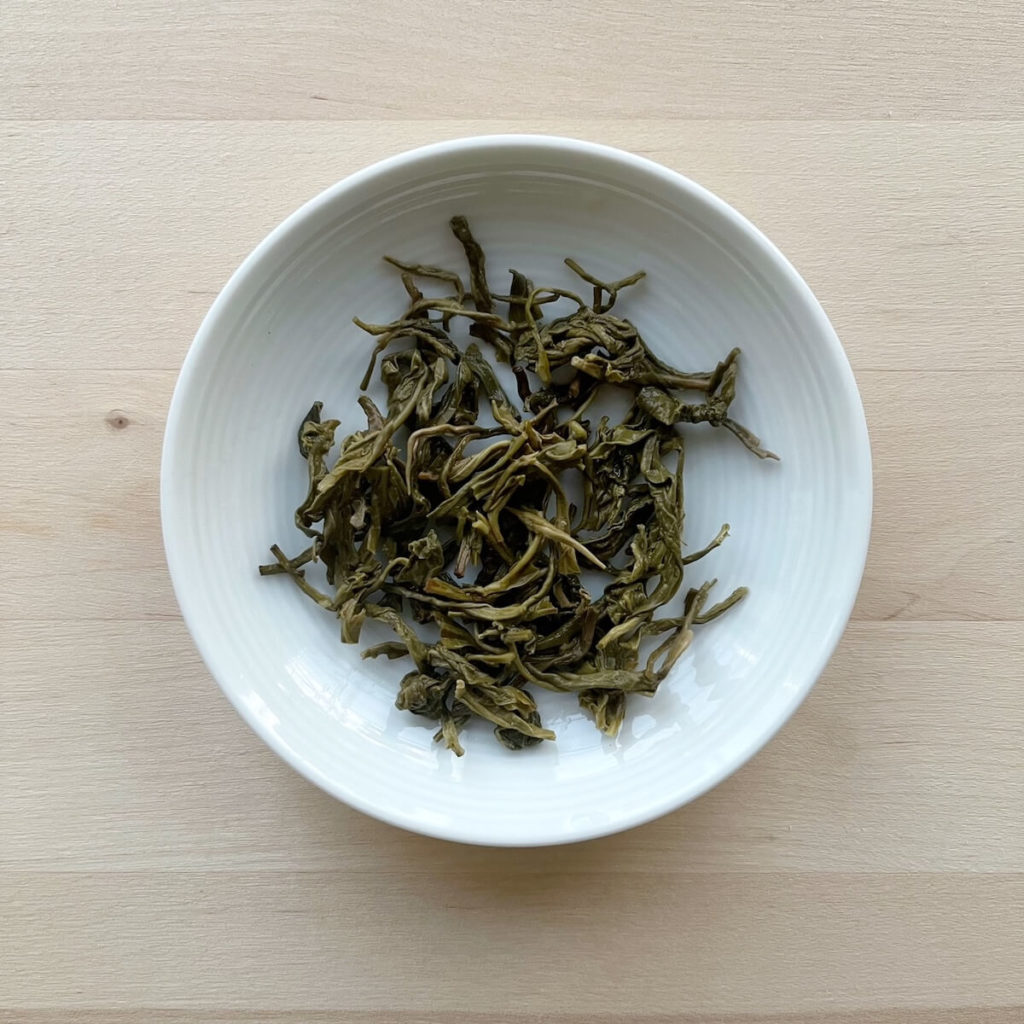
I always find it a treat to taste teas from the same producer, so when I saw the World Tea House had three teas from Doke Tea Estate, a producer in India, I picked them all up!
Last December, I tasted the World Tea House’s 2021 ADVENTureTea Calendar and had a lovely time. I like supporting independent companies and tasting teas from the same producer, so purchasing Doke Tea Estate’s green, oolong, black tea was a win all around. I reached out to Phil, the owner of World Tea House, to learn more about the farm. He kindly offered to chat with me and answer my questions about the teas and his connection to the Doke Tea Estate.
Therefore, I decided to structure my posts about the Doke Tea Estate as a 4-part series. The first three posts will focus on each individual tea – green, oolong, and black. Then the last post will be a recap of the virtual tea tasting session I had with Phil where I had a Q and A session with him. So, be on the lookout for all those posts next month! With all that, let’s get to the green tea from Doke Tea – Diamond Green.
Description: “A unique green tea directly traded with the Doke Tea farm in Bihar India. This green tea is hand picked, rolled, steamed and dried. All hand made.”
Instructions: 1 ½ tsp | 1 cup | 85°C | 3 minutes

Straight from the bag, the tea leaves were a dark green, almost black colour. At first glance, it looked like black tea but under the light, there was a dark forest green tinge. The hand-rolled leaves were twisted and bent with thinner wiry leaves and some leaves rolled in larger clumps. The leaves had a faint marine smell to it.
Once the water hit the dry leaves, it imparted a seaweed smell. After 3 minutes, the liquor was a golden amber colour with a nutty and vegetable smell. The taste was a mixture of black pepper, roasted nuts and vegetal notes like spinach, artichoke, and leafy greens. The sip ended in minerality, a faint savoury note, and umami. When cooled, the liquor was nuttier and toasted.

At the end of 3 minutes, the wet leaves had unfurled and were a medium olive green colour. The leaves smelled roasted, vegetal, and of damp undergrowth.
Overall, it was nice to try Indian green tea since I’m more familiar with black teas, like Assams. Based on the few green teas I’ve tried, I’ve noticed they tend to taste vegetal and roasted with a “savoury” note that haven’t been able to quite articulate or put my finger on. I noticed the same taste in Atlas Tea Club’s Nilgiri Mao Feng (tea provided for review).
This was a fun “adventure” to India! As mentioned, I will be reviewing the oolong and black tea, as well as posting about my tea tasting session with Phil next month. I am excited to share more teas from this farm (3/5 rating).
- Type: Green tea
- Origin: India, Bihar
- Caffeine: Unknown
- Ingredients: Green tea
- Other: Organic
- Company: World Tea House
The question of the post: Have you tried Indian green teas before? If so, what did it taste like to you?

5 comments
I’ve never tried an Indian green tea before and now I’m curious to give it a go. I was going to say that all the green teas I’ve had have been from Far East Asia but then I remembered that I’ve also had a green tea that was grown in the UK!
Really looking forward to the rest of the posts in this set!
It is worth a try to taste an Indian green tea! That being said, don’t think I’ve tried tea that was grown in the UK. How was that?
It was Single Estate Green from Tregothnan Tea Estate in Cornwall. It was really nice but surprisingly ‘brown’ for a green tea. In my review I said I would recommend it to people who think they don’t like green tea. Like a ‘gateway drug’ to other green teas.
I am definitely adding some Indian green tea to my shopping list.
Not sure if it is the one you tried, but the green tea I see on the Tregothnan Tea Estate, it reminds me of a gunpowder green tea. I’ve noticed some of them can be on the browner side.
[…] like the green tea from last month, I also haven’t had that many oolongs from India, so I was very curious to […]